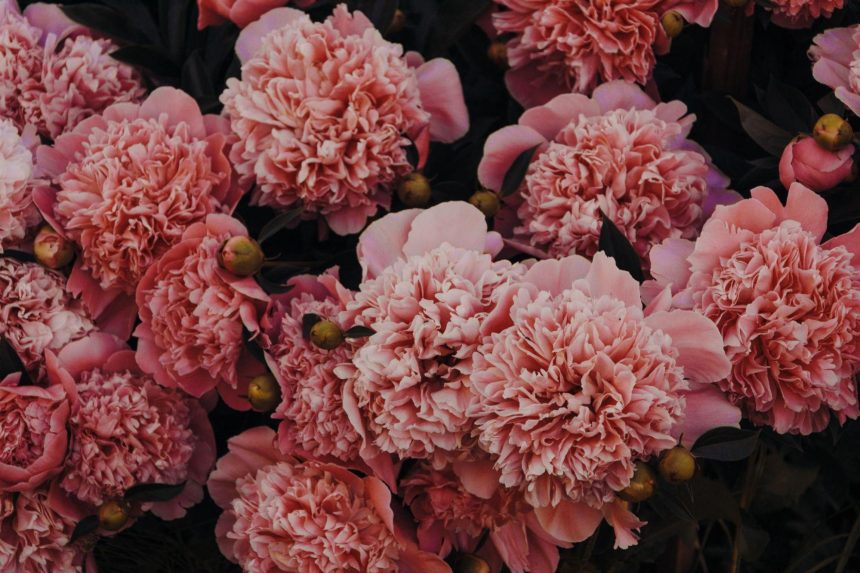There are more than 300 types of carnation and carnation hybrids, which depend on your locality. There are perennial, biennial, and annual varieties with different petal shapes and shades. It is important to note that most plants do not produce flowers in their first year.
When Does Blooming Occur for Carnations?
Carnations start to bloom in late spring, that is, May. However, this is highly dependent on your location and the variety because there are growing seasons that can extend into summer. Some carnations that can grow in summer include hydrangeas and roses. Deadheading and regular cutting of blossoms can restore new buds and improve bloom time for the plant.
Carnations grow best in early spring, two weeks after the last frost date. If you used indoor seedlings, you could transplant them when they are about five inches in height. The holes should be the same size as those of the starter pot. When planting multiple seedlings, the holes should be foot spaced.
What Site is Suitable for Growing Carnations?
Carnations grow best in full sun since the plants prefer sunlight rather than shade. The site should also be well-drained with fertile, slightly alkaline soil. The pH of the soil should be between 6.7 and 6.9 for carnation to thrive. The planting site should receive at least six hours of sunlight every day.
For carnations to grow best, the site should be prepared a few days before planting. The potting mix should be combined with a few inches of ripe compost to promote the health of the soil.
Also see: 5 Foods to control blood sugar
What Zones do Carnations Grow Best?
Carnations thrive hard in zones 5 to 9 based on their varieties. This means that they are short-lived perennials that bloom strongly between three and four years. Therefore, carnations should be divided when growth in the clump begins to die.
What are the Different Approaches to Grow Carnations?
Different approaches can be used to grow carnations from seeds;
- Start growing carnations indoors in seed-starting potting mix, and you can transfer it outdoors. This should be done eight weeks before the last frost date in your locality. Seeds should be sprinkled over a starter potting mix in starter trays and covered using a light soil layer.
Mist to ensure that the soil is moist and cover loosely using a plastic bag to mimic a warm greenhouse environment. It is essential to keep checking for mildew. If the soil becomes too wet, remove the plastic covering to dry out slightly. - Sow the seeds directly in the ground. Place the seeds a quarter-inch deep in the soil and cover with topsoil. Ensure that the soil is moist. Once the seedlings start to appear, thin to about 10 inches apart to ensure that the plant has enough room for growth.
- Cultivate the seeds in biodegradable pots. Place it directly in the ground and fill it with soil. Alternatively, cautiously wiggle the container off to prevent damage to the roots and put it in the hole in the soil. After, tamp down the soil and water adequately.















